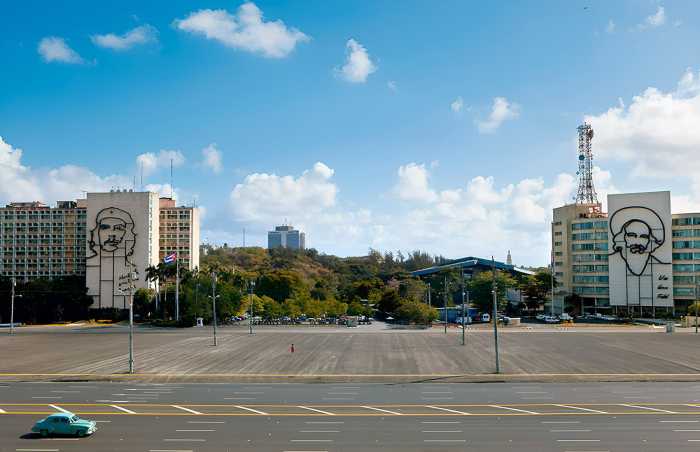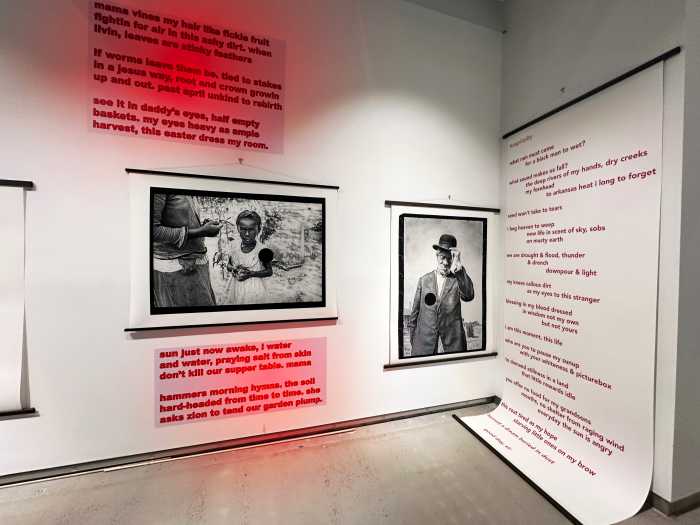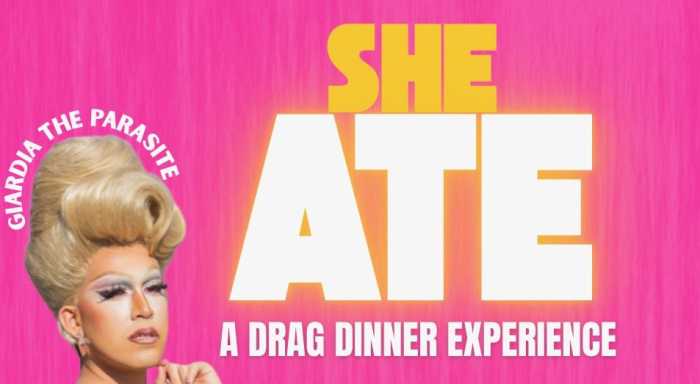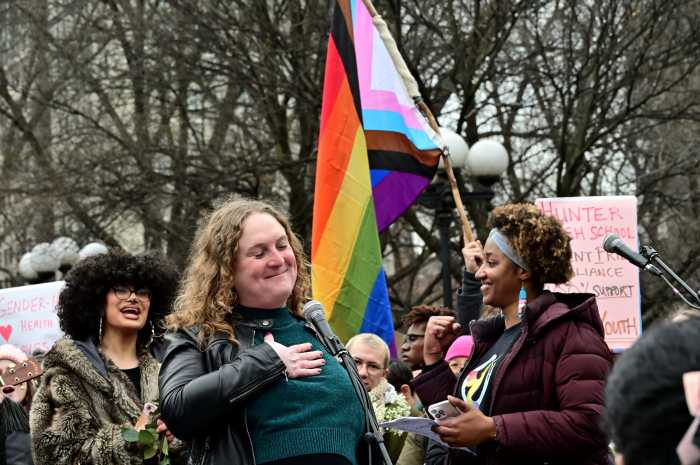Health policy experts and local providers warn that Upper Manhattan could be among the hardest-hit areas in New York State if sweeping federal Medicaid cuts move forward — seriously straining the city’s ability to respond to public health crises like the recent Legionnaires’ disease outbreak in Harlem.
Congressional District 13, which includes Harlem and East Harlem, has one of the highest concentrations of Medicaid recipients in the city and state. Under the “One Big Beautiful Bill Act,” which President Donald Trump signed last month, thousands of residents would face increased administrative burdens, including twice-yearly recertification and new work requirements starting in 2026.
About 10 million Americans could lose health insurance under President Donald Trump’s tax cut and spending law, according to the most recent Congressional Budget Office analysis. On Aug. 11, the CBO projected that 7.5 million people will lose Medicaid coverage over the next decade. Nondisabled adults on Medicaid will be required to work, volunteer, or attend school to keep their benefits, and states must verify eligibility twice a year instead of once.
Another 2.1 million will lose Affordable Care Act coverage, and 400,000 more will lose insurance due to other provisions in the law.
The district, championed by US Rep. Adriano Espaillat, has more than 91,000 Essential Plan members, including 11,000 who could lose coverage by year’s end if the rollback proceeds as expected, according to analysis by Public Health Solutions, which estimates the changes could cost the district $400 million — the fourth-highest impact among all New York districts. Espaillat, a Democrat, opposed Trump’s “Big Beautiful Bill.”
New York’s essential plan offers comprehensive insurance to New Yorkers who earn too much to qualify for Medicaid but who would otherwise be unable to pay for insurance. Immigrants who are legally authorized to live in the US, like refugees, make up about half of the essential plan enrollees.
Medicaid cuts will have devastating impacts

Dr. Michael Sparer, chair of the Department of Health Policy and Management at Columbia University’s Mailman School of Public Health, called the legislation “potentially an enormously risky situation” for New York.
“You’re going to be facing large numbers of people losing Medicaid, large numbers of people losing their Essential Health Plan benefits, large numbers of people losing their Marketplace coverage, large numbers of hospitals losing needed funding and laying people off and cutting back services, and large cuts to the public health budget,” he told amNewYork.
While the current Legionnaires’ outbreak was “handled as best they can” by city and state health officials, Sparer said New York’s public health infrastructure is already “under-resourced, undervalued and unpaid,” with “lots of open positions” that can hinder a rapid response.
He added that, as with COVID-19, low-income neighborhoods like Harlem are likely to suffer most in future crises. “When there are cuts in the safety net and there’s a public health crisis, it typically hits low-income communities the hardest,” he said.
Zach Hennessey, chief strategy officer at Public Health Solutions (PHS), said the first major blow in New York will be to the Essential Plan. “There are 730,000 people who use the Essential Plan across New York State,” Hennessey said. “About 506,000 are expected to be transitioned to state-funded Medicaid — but 224,000 stand to immediately lose their insurance because of these cuts.”
He noted that many of those at risk are immigrants legally authorized to live in the U.S., with a large share residing in New York City. PHS, which helps nearly 30,000 New Yorkers each year enroll or recertify for health coverage, expects to be heavily involved in transitioning people to other plans where possible.
The next wave will hit in early 2026, when Medicaid recertification changes take effect. “It’s always been an annual process,” Hennessey said. “Now they want you to certify two times a year. You can imagine what that would do to the workforce that supports people — and to the people themselves, who now need to prove they’re eligible for Medicaid twice a year.”
Combined with new work requirements, he said, “that’s where we anticipate a lot of New Yorkers losing their coverage.”
Hospitals and community impacts
Local hospitals are bracing for steep losses. Harlem Hospital Center receives 82% of its net patient revenue from Medicaid and government appropriations, while Metropolitan Hospital Center depends on those sources for 52%, according to the Fiscal Policy Institute. Both are considered at risk of massive service reductions if Medicaid reimbursements are cut.
Sparer said closures would “reduce access to members of the community” and hurt local economies, since hospitals are often major employers. While he doesn’t expect public hospitals like Harlem or Metropolitan to shut down, reduced funding will mean “reduced services, reduced staff and reduced ability to serve the community.”
He added that the safety-net hospitals in Brooklyn, where many patients rely on Medicaid, are likely the most at risk.
Analysis from the Greater New York Hospital Association and the Healthcare Association of New York State, found that in New York City alone, hospitals could lose as many as 17,551 jobs, with an additional 32,571 positions lost in surrounding health-related industries, such as suppliers and neighborhood businesses dependent on hospital worker spending. The total economic loss in the region could reach $7.4 billion.
The report also projects that Espaillat’s district, which includes Harlem, Washington Heights, Inwood, and parts of the northwest Bronx, will experience a particularly severe impact.
The analysis estimates that the district would lose 2,520 hospital jobs, an additional 5,201 jobs in related sectors, and more than $1 billion in economic activity.
The potential cuts come as East Harlem grapples with a Legionnaires’ outbreak that city health officials say is now contained after three fatalities. The illness, caused by bacteria that can grow in building water systems, is more dangerous for older adults and those with underlying health conditions — groups disproportionately insured through Medicaid or Medicare.
Hennessey notes the outbreak unfolded in a neighborhood already facing layered vulnerabilities.
“You have the intersection of housing quality-related public health issues, along with an aging population that’s primarily insured by Medicaid or Medicare,” he said. “You kind of have a unique environment for an outbreak like Legionnaires to have dire consequences.”
His team works closely with the city’s East Harlem Health Action Center, preparing and distributing information to residents, including through health coaches embedded in NYCHA housing.
But, Hennessey added, the city’s capacity to respond has been placed at risk by earlier federal funding cuts. “That really fundamental public health work — emergency preparedness, disease prevention — had cuts to the tune of $30 million” after the federal administration pulled back unspent COVID-19 emergency funds, he said.
“We cannot underscore enough the importance of a strong, trusted, and reliable network of community partners to share public health information — and that network is grossly under-resourced in the wake of losing that prevention funding.”
Ripple effects: food insecurity and lost preventive care
Hennessey warned that a reduction in Medicaid coverage will push more residents toward already-stretched community organizations. “People’s health and social service needs don’t go away because you take away their insurance,” he said. “Someone has to support people, and that someone in East Harlem is community-based organizations and community health centers.”
These groups, he noted, rely in part on Medicaid dollars and also connect residents to SNAP benefits, which are also being cut.
The SNAP reduction alone, Hennessey said, will be about $220 per household per month. “Cut the SNAP benefits and the lines [at food pantries] are longer, and they’re going to be able to get less food, less nourishing food,” he said. “On the health side, people won’t engage in preventive care. They’ll just get health care when their situation is urgent and dire.”
He added that potential hospital closures or service cuts would compound the problem. “If they have to travel further for urgent care, those consequences are quite dire,” he said. “They may get that emergency procedure downtown, but now they’re facing really frightening medical debt. If they’d been able to obtain their care at a public hospital or federally funded health center, they wouldn’t end up with huge bills or needing uncompensated care.”
At The New York Foundling’s Home of Integrated Behavioral Health on East 115th Street, staff are already struggling to meet demand for youth mental health services. “There’s already long waitlists, and kids are suffering right now,” said Dr. Kristy-Lee Jean-Pierre, the organization’s senior vice president for clinical and psychiatric services. “While folks are waiting, a very real tragedy can happen.”
She said that even indirect cuts, like those to SNAP, could deter families from seeking mental health care. “Even if the cuts don’t directly affect behavioral health access, they impact a family’s willingness to engage, because now their focus has to be on getting food,” she said.
Both Jean-Pierre and Hennessey agreed that without stronger city and state support, community-based providers — often the first point of contact for residents in public housing or with limited English proficiency — will be overwhelmed. Hennessey urged local officials to take two immediate steps: shore up SNAP benefits to prevent a food insecurity emergency, and boost funding for community-based organizations that serve as “providers of last resort” for uninsured residents.
“The New York Foundling has supported families and community for more than 155 years, and we plan to do so well into the future,” Dr. Jean-Pierre said, “Despite the current uncertainty created by federal spending cuts, we are committed, we are expanding, and we are investing in evidence-based and research-backed programs and services that help tens of thousands of New Yorkers reach their full potential.”

For Sparer, the Medicaid changes are as much a public health preparedness issue as they are a healthcare policy shift.
“It’s incumbent on state and city officials to do whatever they can to preserve and protect the health of the population,” he said, adding that fighting to protect public health and social service funding “is an important battle taking place right now.”
For Harlem residents, the confusion over what lies ahead has caused a surge in anxiety. Local Medicaid specialists told amNewYork that they have become “glorified social workers” for people seeking information and reassurance about losing not just health insurance but also food stamps and other public benefits they rely on to stay afloat.
“People are stressed, confused, and baffled,” Kenny Jolly of the Understand Medicare Now insurance agency said. “We’ve become glorified social workers because people need reassurance that it’s not going to be a nightmare.”
That reassurance is hard to give. Michael Walker, the business owner, worries that the new requirements will be especially burdensome for seniors, people with disabilities, and residents without computer access.
“If you can’t navigate the system, your case will be closed,” said Walker, who plans to bring on additional staff around October to help manage the anticipated increase in clients seeking guidance on Medicaid and Medicare coverage ahead of Open Enrollment for 2026, which begins in November.
“We’re trying to keep people from falling through the cracks,” he added.





































